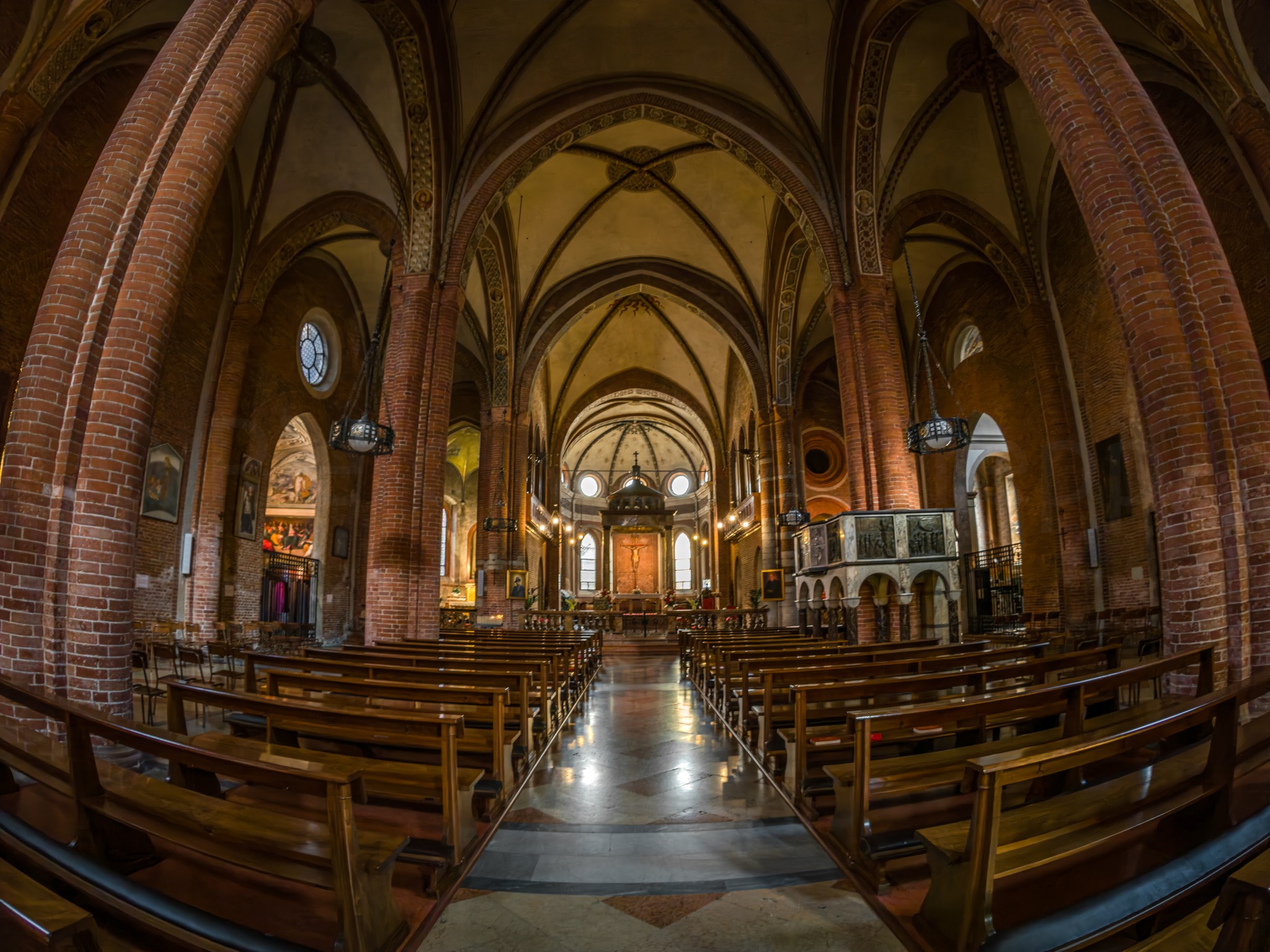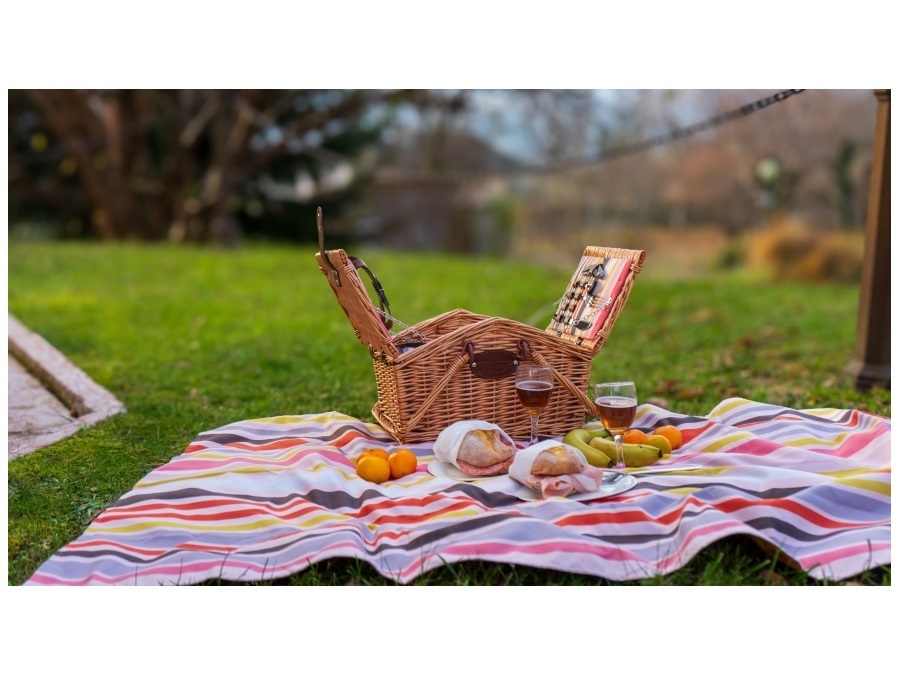The Rice Road, through its itineraries, fosters the connection of diverse entities that interact and collaborate; it serves as a tool for enhancing the entire flat territory (Lomellina and Pavese) known for its rice cultivation, where the three rivers—Po, Ticino, and Sesia—contribute their waters to shape the unique terroir.
Explore
The Rice Road of the Three Rivers, through the enhancement of the territory, can offer:
Nature and Landscape: Explore on foot (trekking), by bike, or on horseback.
Culture: Discover archaeological finds, myths and legends, and both material and immaterial testimonies from the peoples and individuals who have shaped the territory.
Our region offers anyone wishing to explore it places rich in ancient culture, where traditions, legends, and history intertwine like the ancient roads that have crossed it for centuries.
Starting from the small village of Lomello, after which Lomellina is named, this area was an important Roman mansio (a stopping point with facilities for travelers, soldiers, and merchants) along the vital Via delle Gallie, which connected Pavia to France. In Lomello, in 590, the marriage between Queen Theodelinda and Duke Agilulf of Turin, future king of the Lombards, was celebrated.
These ancient routes served both commercial purposes (like the aforementioned Via delle Gallie) and as paths of faith. The capital of our province, Pavia, which was the capital of the Lombard kingdom, remains an important pilgrimage site because the remains of Severinus Boethius, a martyr and Church Father, and St. Augustine, a philosopher and Church Father, are buried in San Pietro in Ciel d’Oro. Dante mentions San Pietro in Ciel d’Oro in the Divine Comedy (Paradise – Canto 10, vv. 124-128), underscoring its significance as a place of worship.
The Via Francigena also crosses through Lomellina, the ancient route connecting Rome to the rest of Europe via France. This itinerary was documented in 990 by Sigeric, the Archbishop of Canterbury, who recorded his journey home after a pilgrimage to Rome. Stops like Palestro, Mortara, Robbio, Garlasco, and Pavia showcase important remnants of a past still alive in the pilgrims and travelers who traverse these paths today.
The past meets tradition in San Martino Siccomario, where, according to a popular medieval legend, St. Martin of Tours lived as a child. The saint is commemorated on November 11, and in Northern Italy, especially in agriculturally rich areas like ours, rental contracts still end on this date, as fieldwork concludes around this time. Consequently, many farmers had to vacate their homes on this date, leading to the sight of overflowing carts moving from one farm to another. Even today, in many Northern dialects and sayings, “fare San Martino” means “to move.”
The Rice Road of the Three Rivers is a path born today, yet it finds its roots in the history of this territory. The province of Pavia, with the highest percentage of rice cultivation in Italy, is the leading producer nationally and in Europe. Eighty thousand hectares of rice paddies are located in Lomellina, between the Sesia, Ticino, and Po rivers. It is a contemporary route created to enhance the culture and cultivation of rice, a crossroads of traditions, history, and flavor. Our road is recognized by the Lombardy Region and is part of the “roads of flavors,” the only one not located in a wine-producing area.


Art: Castles, palaces, churches, and abbeys that house unique and surprising treasures.
Our territory has a millennia-old history, expressed in the numerous monuments that greet visitors; every village, town, or city can amaze with its uniqueness.
Castles are perhaps the most characteristic feature of this area: for example, Pavia, with its Visconti Castle, was an important residence for both the Visconti and the Sforza families. Here, the battle of 1525 was fought, which led to Charles V’s victory, making Lombardy a Spanish territory for centuries to come.
Vigevano, with its Visconti Sforza Castle, was the favored residence of Ludovico il Moro, who made it his splendid abode and commissioned the magnificent Piazza Ducale as its courtyard, one of the most beautiful squares in Italy—a stunning example of Lombard Renaissance.
Cassolnovo plays a fundamental role in the history of rice cultivation in our region. This is where the 12 sacks mentioned by Galeazzo Maria Sforza in a letter to the Milanese representative of Duke Ercole d’Este of Ferrara were dispatched in September 1475, promising rice seeds from which “twelve could be obtained per sack compared to seven for wheat.”
These are just a few of the numerous castles still present in our territory: Lomello, Mede, Sartirana Lomellina, Pieve del Cairo, Cozzo, and Belgioioso, to name a few.
The Rice Road of the Three Rivers is not only a journey through castles; there are also other monuments that are often milestones in the history of Italian art, such as the monumental complex of Santa Maria Maggiore in Lomello, with its baptistery dating back to the 7th/8th century, and the Basilica, one of the earliest and most significant examples of Lombard Romanesque architecture. Velezzo is also one of the oldest places in Lomellina, and its fascinating parish church symbolizes its long history: its construction dates back to the late 9th or early 10th century but was likely built on older foundations (possibly from the 5th century).
The development of this territory is closely linked to rice cultivation. The Pila di Sartirana Lomellina, a unique structure, served as a warehouse for rice processing and storage dating back to the 17th century, still perfectly preserved, where visitors can see the more recent rice processing system (the pila, indeed) from the early 20th century. Moving from the past to the present, Mortara hosts the Borsa Merci, located in the old slaughterhouse, where contracts for cereal crops in general, and rice in particular, are negotiated. These evaluations hold significant value for the trading of these products. Additionally, the numerous and characteristic Cascine, true peasant communities, narrate the territory and its evolution, all still waiting to be discovered.
Every village, city, and location tells its own story, often intertwined with the significant events that have marked the history of our country. They symbolize the close relationship that exists here between territory and culture. The Rice Road of the Three Rivers encompasses all this and much more: nature, agriculture, art, and gastronomy.



